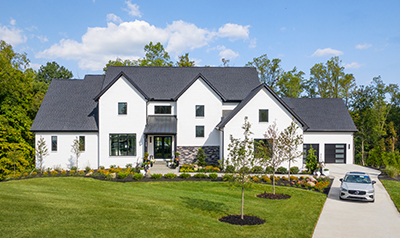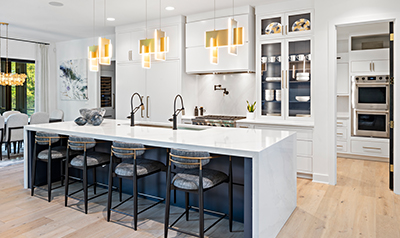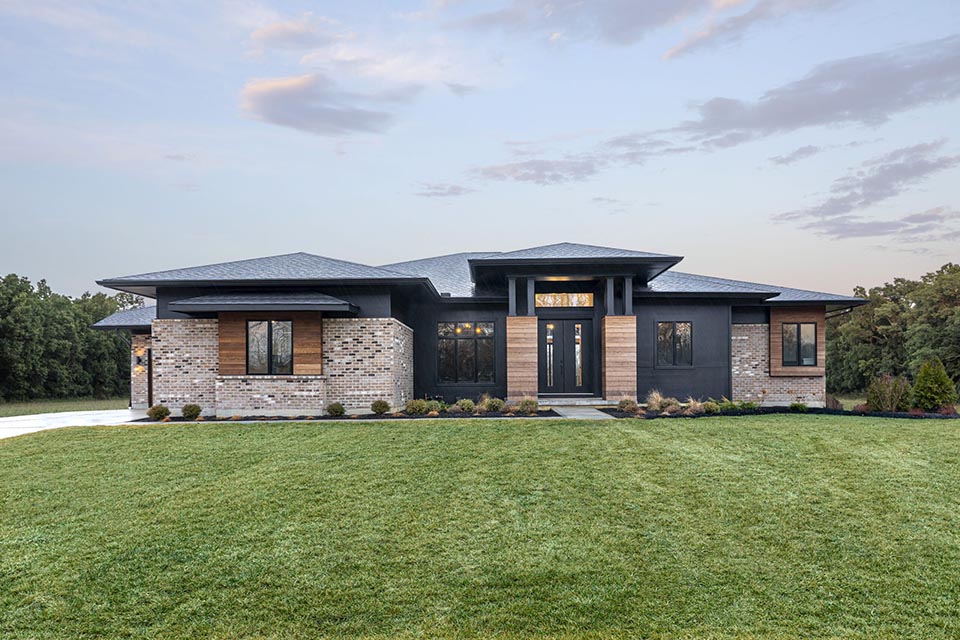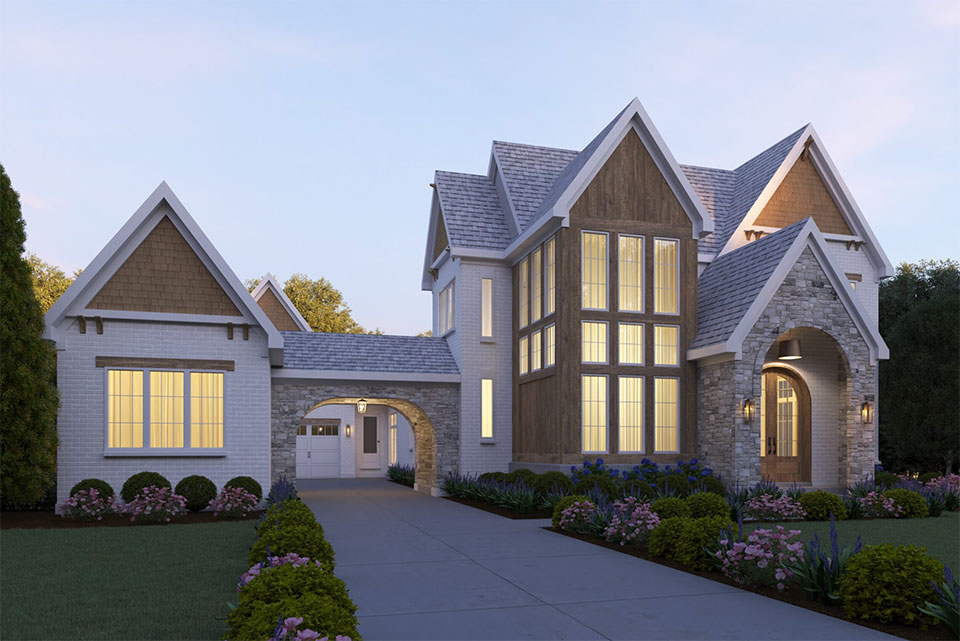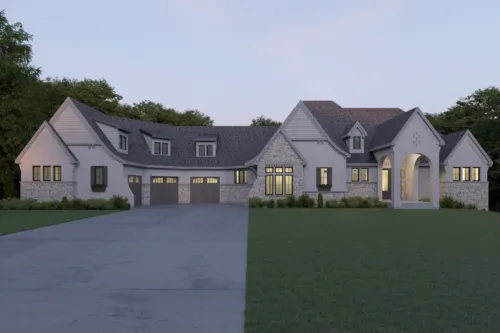Top Leading Builders of LEED-Certified Homes in Greater Cincinnati
LEED stands for Leadership in Energy and Environmental Design. It is a certification process set up by the U.S. Green Building Council (USGBC) to certify “green†homes. LEED homes are healthy, providing clean indoor air and incorporating safe building materials to ensure a comfortable home. And as a bonus, LEED-certified homes receive a significant tax abatement in Cincinnati.

To promote homeownership within City limits, the City of Cincinnati offers residential tax abatement for LEED-rated homes. The charts below represent the various LEED levels and their corresponding maximum tax abatement amounts and durations.
NOTE: There is a current chart and an additional chart with the new limit values passed by Cincinnati’s City Council on November 13th, 2020. These values will apply to projects as of January 1st, 2022. LEED is changing the way we think about how buildings and communities are planned, constructed, maintained, and operated.
| LEED LEVEL QUALIFICATION | CAP | TERM (YEARS) |
|---|---|---|
| Non-LEED Certified | $275,000 | 10 |
| Non-LEED & Visitable | $275,000 | 12 |
| LEED-Certified | $275,000 | 12 |
| LEED-Certified & Visitable | $275,000 | 14 |
| LEED Silver | $400,000 | 15 |
| LEED Gold LBC Net Zero | $562,000 | 15 |
| LEED Platinum LBC Portal | $ No Limit | 15 |
| LEED LEVEL QUALIFICATION | CAP | TERM (YEARS) |
|---|---|---|
| Non-LEED Certified | $200,000 | 10 |
| LEED-Certified | $200,000 | 12 |
| LEED Silver | $400,000 | 15 |
| LEED Gold LBC Net Zero | $500,000 | 15 |
| LEED Platinum LBC Portal | $650,000 | 15 |
| If Visitability is met any tier | Additional $100,000 is added to the cap | |
Visit www.cincinnati-oh.gov for the City of Cincinnati’s tax abatement overview.
Projects pursuing LEED certification earn points across several areas including:
Sustainable Sites
Rewarding decisions about the environment surrounding the building, with credits that emphasize the vital relationships among buildings, ecosystems, and ecosystem services. It focuses on restoring project site elements, integrating the site with local and regional ecosystems, and preserving the biodiversity that natural systems rely on.
Water Efficiency
Addressing water holistically, looking at indoor use, outdoor use, specialized uses, and metering, based on an “efficiency first†approach to water conservation. As a result, each prerequisite looks at water efficiency and reductions in potable water use alone. Then, the WE credits additionally recognize the use of non-potable and alternative sources of water.


